Introduction to Freeze Drying
Freeze drying, also known as lyophilization, is a revolutionary method transforming how we preserve food. This technique is not new; its roots trace back to World War II when it was employed to transport blood, serum, and penicillin without refrigeration. The essence of freeze drying lies in its ability to remove moisture from products, ensuring their longevity without compromising quality.
The process involves freezing the material and reducing the surrounding pressure to allow the frozen water to sublimate directly from the solid to the gas phase. This method is vastly superior to traditional drying techniques, primarily because it maintains the integrity of the product, including its taste, texture, and nutritional value.
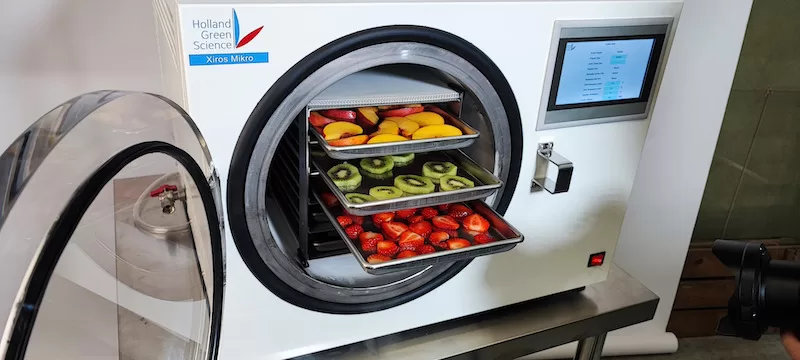
What is a Freeze Dryer?
A freeze dryer is a sophisticated piece of equipment designed to facilitate the lyophilization process. At its core, the freeze dryer works by freezing the material and then creating a vacuum around it. Under this vacuum, the frozen water in the material sublimates directly into vapor, leaving the material dry.
The science behind freeze drying is fascinating. By bypassing the liquid phase and moving directly from solid to vapor, the material retains its structural integrity. This means that the cellular structure of food, for instance, remains intact, preserving its nutritional content and flavor profile. This is why freeze-dried fruits retain their vibrant colors, crunchy texture, and fresh taste.
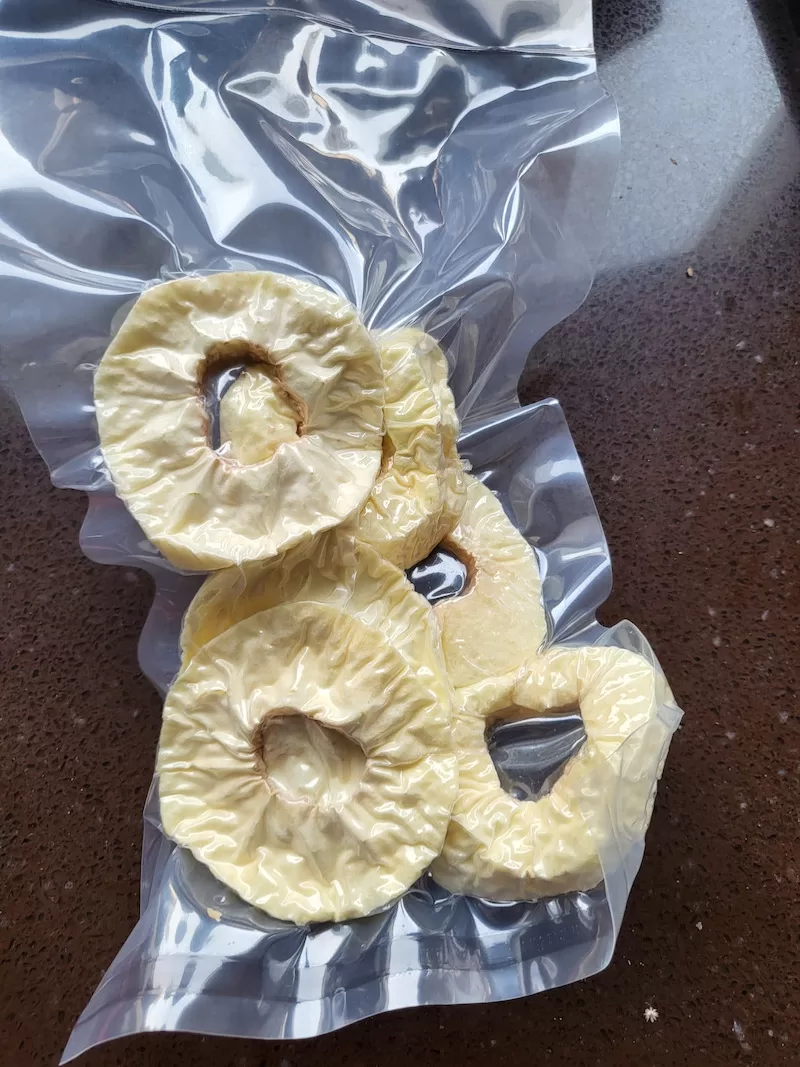
Why Every Home Needs a Small Freeze Dryer
Extending Shelf-Life of Foods
One of the most compelling reasons to invest in a freeze dryer is its incredible shelf life extension. Foods that might only last a week in the refrigerator can last years when freeze-dried, without preservatives. This reduces food waste and allows households to stock up on seasonal produce and enjoy it year-round.
Nutrient Retention
Traditional drying methods, like sun drying or dehydration, often result in a significant loss of nutrients. Vitamins and minerals can degrade under heat. However, since freeze drying occurs in a cold vacuum, there’s minimal nutrient loss. This means freeze-dried fruits and vegetables are often just as nutritious as their fresh counterparts.
Enhanced Flavor
Anyone who’s snacked on freeze-dried strawberries or raspberries knows the burst of flavor they offer. Without water, the taste of freeze-dried foods becomes concentrated, making them deliciously vibrant. This is a boon for home chefs looking to pack a punch in their dishes.
Space-saving and Energy Efficiency
While industrial freeze dryers can be massive, small freeze dryers are designed for home use. They are compact, making them perfect for even the tiniest of kitchens. Moreover, modern freeze dryers are energy efficient. They consume less power than running a refrigerator or freezer, especially when preserving food for extended periods.
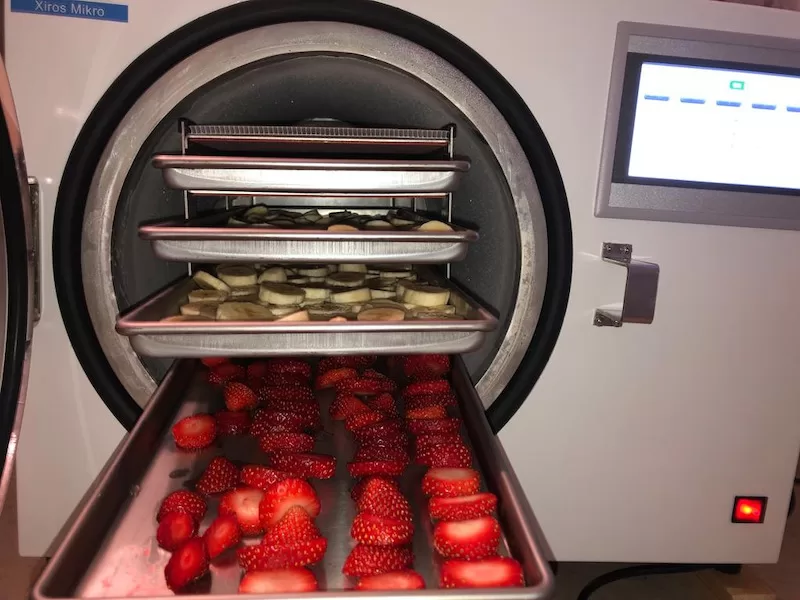
Using a Freeze Dryer for Food at Home
Setting Up Your Freeze Dryer
Bringing a freeze dryer into your home is an exciting venture, but like any appliance, it requires proper setup. Begin by selecting a location that’s both stable and well-ventilated. While small freeze dryers are compact, they need space for efficient ventilation.
Once positioned, ensure the freeze dryer is level. This is crucial for its operation. Next, connect it to a power source and, if your model requires it, an external pump. Modern freeze dryers come with user-friendly interfaces, so initializing the system should be straightforward. Always refer to the manufacturer’s manual for specific setup instructions.
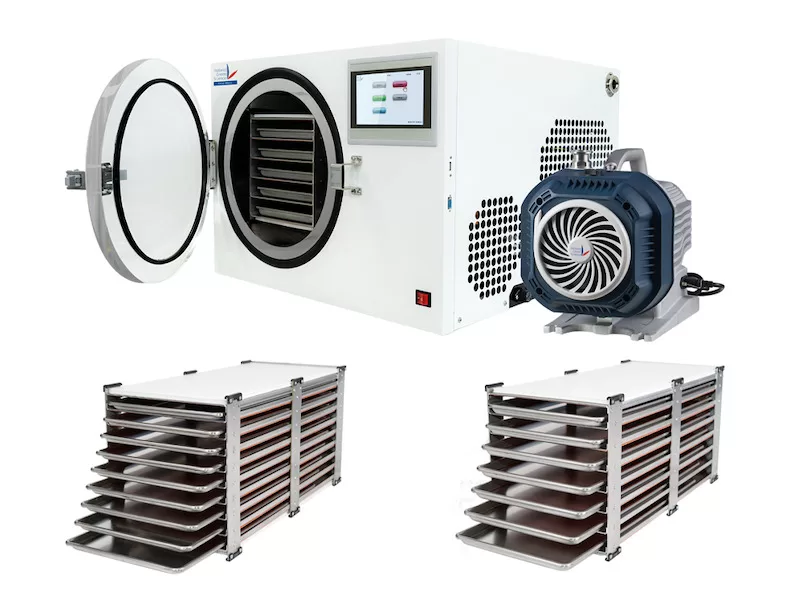
The Freeze Drying Process
Understanding the freeze-drying process can help you get the most out of your appliance. Here’s a step-by-step guide:
Pre-freezing the Material: Before you begin, the material—be it fruits, vegetables, or meats—needs to be frozen. This can be done in your regular freezer. The goal is to ensure the material is thoroughly frozen, which sets the stage for effective sublimation.
Primary Drying: Once you load the frozen material into the freeze dryer and start the process, the machine creates a vacuum around the material. This initiates the sublimation process, where the ice within the material turns directly into vapor. This stage can take several hours to days, depending on the material and its water content.
Secondary Drying: After the primary drying phase, some moisture, often bound at a molecular level, remains in the material. The secondary drying phase applies gentle heat to the material, driving off this residual moisture. This ensures the material is thoroughly dried and suitable for long-term storage.
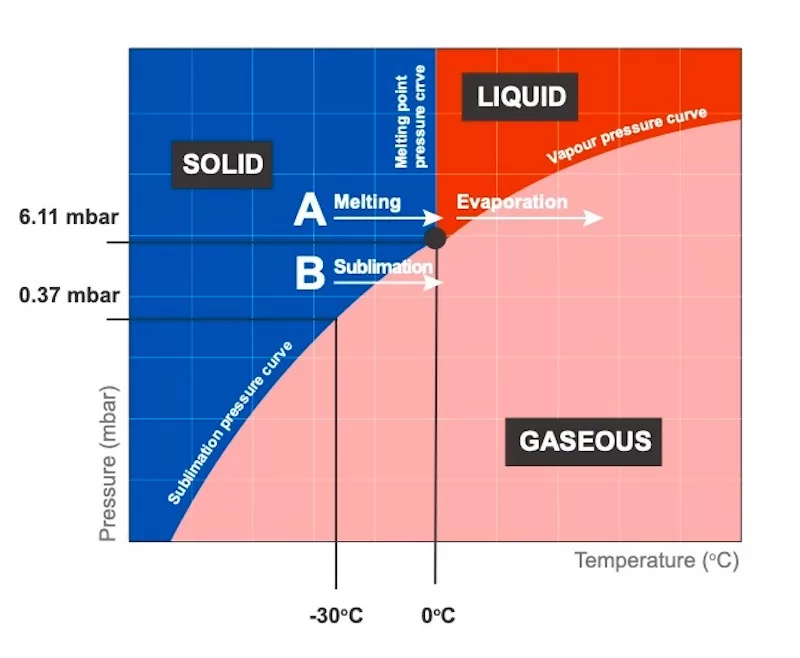
Cleaning and Maintenance
To ensure your freeze dryer has a long and productive life, regular cleaning and maintenance are essential. After each drying cycle, clean the interior chamber to remove residual material. This can be done with a damp cloth and mild detergent. Ensure the chamber is dry before starting a new cycle.
The vacuum pump, if your model has one, may also need periodic maintenance. This can involve changing the oil or cleaning the pump components. Again, always refer to the manufacturer’s manual for specific instructions.
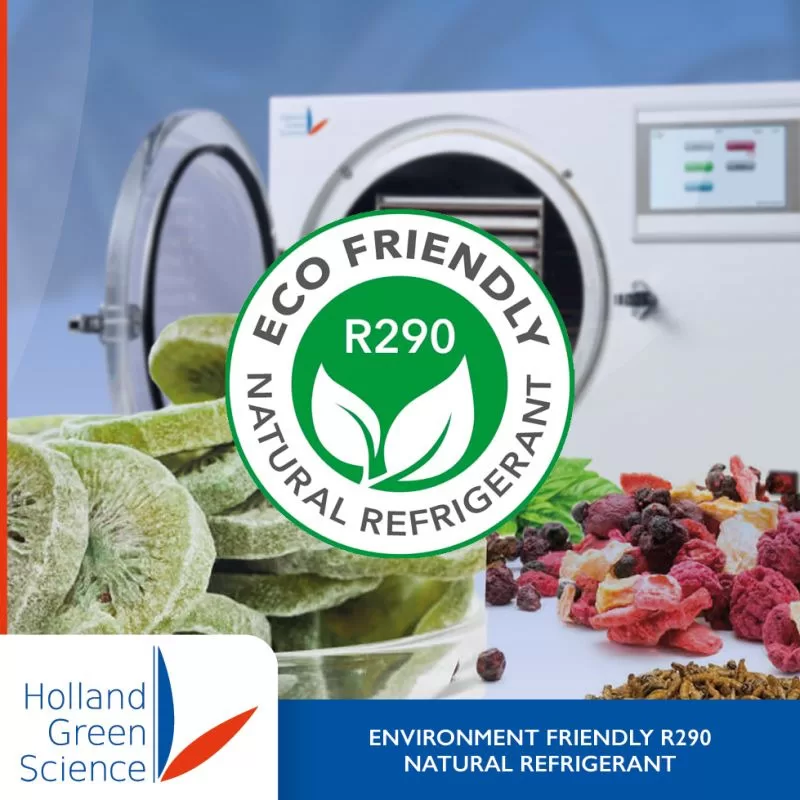
Spotlight on the Xiros Mikro Freeze Dryer: A Game-Changer for Home Use
Introduction to Xiros Mikro
Enter the Xiros Mikro Freeze Dryer, a state-of-the-art appliance designed for the discerning homeowner. This isn’t just any freeze dryer; it’s a blend of sophisticated technology with user-friendly design, ensuring you get the best freeze-drying experience.
Compact Design with Large Capacity
While the Xiros Mikro is designed for home use, it doesn’t skimp on capacity. With up to 9 shelves, it boasts an impressive 8 kg capacity for ice and can achieve 4 kg of sublimation in just 24 hours. This means you can preserve large batches of food quickly without the appliance occupying too much space.
Key Features and Benefits
The Xiros Mikro stands out for several reasons. It’s CE certified, ensuring it meets high safety and performance standards. Its ice-holding capacity is market-leading, allowing for larger batches or longer intervals between defrosting. The machine is designed to run 24/7, making it perfect for those extensive drying sessions. And with high-performance vacuum technology fittings, you’re assured of a seamless freeze-drying experience.
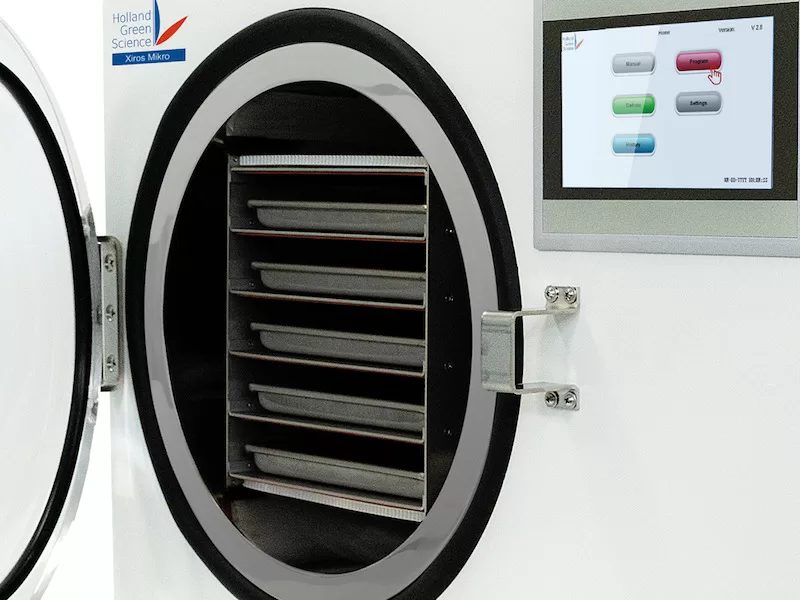
Technical Specifications of the Xiros Mikro
The Xiros Mikro is not just about aesthetics and user-friendliness; it’s a powerhouse when it comes to technical prowess:
Shelf Options: Depending on your needs, you can choose between 3, 5, 7, or up to 9 shelves.
Ice Condenser Volume: A generous 8 liters
Performance: It can handle 8kg of ice and achieve 4 kg of sublimation within 24 hours.
Temperature Ranges: The ice condenser can reach temperatures as low as -40 °C, while the shelves can vary from -35 °C for freezing to +60 °C for drying.
Vacuum Capabilities: The machine can achieve an ultimate vacuum of 2.5 x 10^-2 mbar, ensuring efficient sublimation.
Noise Levels: Even with all its power, the Xiros Mikro operates at a noise level of just 50 dB(A) without the vacuum pump, ensuring your home remains peaceful. And the the Anemos Scroll dry vacuum pump is almost as silent with only 54 dB(A).
Controller Capabilities
The Xiros Mikro is equipped with a 5” color touchscreen, making it easy to navigate and set up your freeze-drying sessions. It’s programmable to suit specific applications, such as reducing the loss of terpenes in certain foods. The controller also offers manual operation options and an automatic drying cycle. Plus, with USB connectivity, software upgrades, and data logging become a breeze.
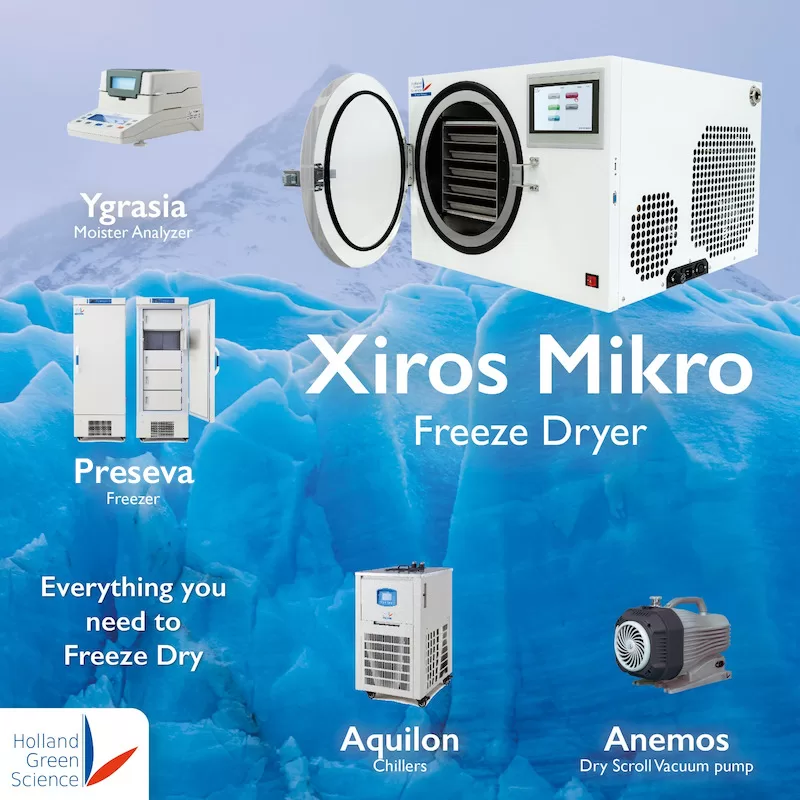
Making the Most of Your Xiros Mikro Freeze Dryer
Practical Applications
The Xiros Mikro is versatile. While it’s perfect for preserving seasonal fruits and vegetables, it’s equally adept at handling meats, dairy, and even gourmet meals. The enhanced flavor and nutrient retention mean that foods preserved with the Xiros Mikro are long-lasting but also delicious and healthy.
Enhancing Flavors and Nutrient Retention
The science behind the Xiros Mikro ensures that freeze-dried foods retain their nutritional content. But beyond that, the flavors become concentrated, making them more vibrant. This is especially true for fruits, which can transform into crunchy, flavorful snacks.
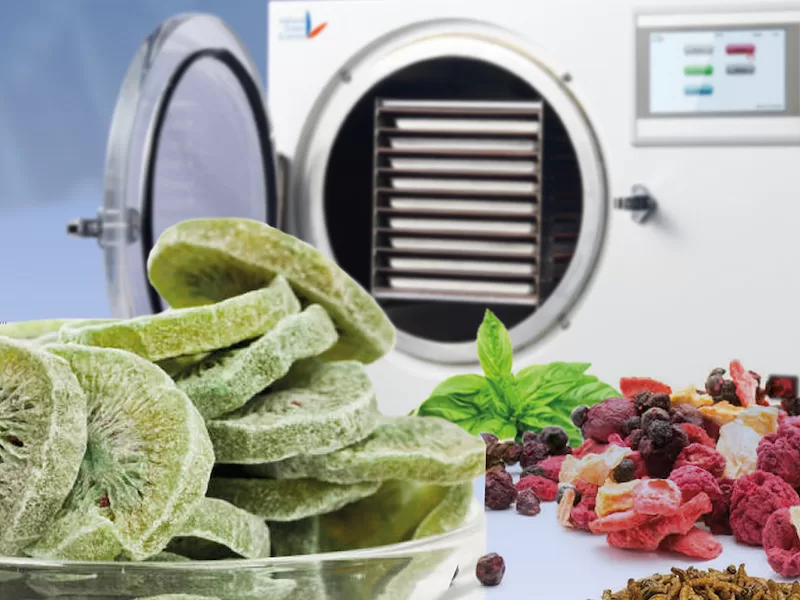
How to Purchase and Get Support for the Xiros Mikro Freeze Dryer
If the Xiros Mikro sounds like the perfect addition to your home, getting one is straightforward. For purchasing inquiries, you can contact the sales department directly. They’ll guide you through the options and ensure you get the model that best suits your needs.
For those who already own a Xiros Mikro or are considering one, there’s a wealth of resources available. From the comprehensive user manual to the product brochure, you’ll find detailed information to help you make the most of your freeze dryer.
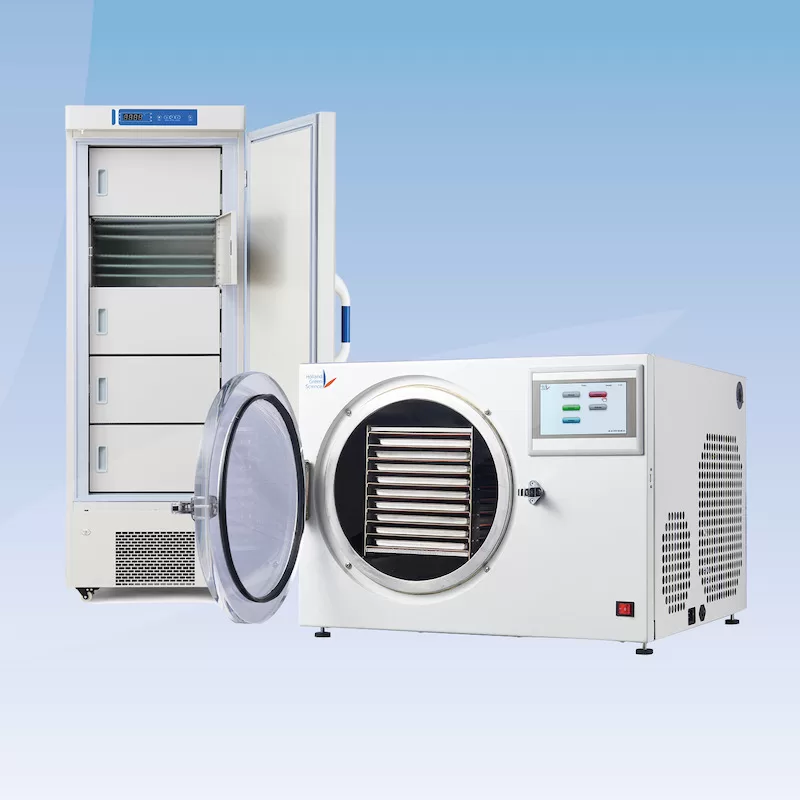
Conclusion
The world of freeze drying is vast and fascinating. With innovations like the Xiros Mikro Freeze Dryer, preserving food at home has never been easier or more efficient. Whether you’re a gourmet chef looking to experiment with flavors or a practical homeowner aiming to reduce food waste, a small freeze dryer, especially one as advanced as the Xiros Mikro, can be a game-changer. Dive into the world of freeze drying and discover the myriad possibilities it offers.
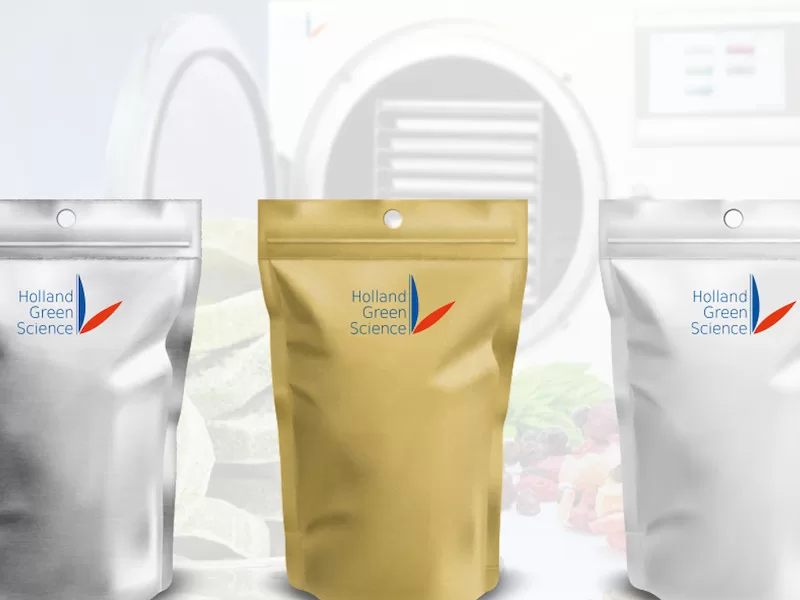
Frequently Asked Questions (FAQs) about Small Freeze Dryers and the Xiros Mikro
Basics of Freeze Drying
Q1: What is freeze drying, and how does it differ from other drying methods?
A1: Freeze drying, often referred to as lyophilization, is a unique method of preserving food and other perishables. Unlike regular freezing or dehydrated food, freeze drying removes almost all moisture, ensuring long-term storage without compromising the food’s original texture, taste, and nutritional value. This process involves freezing the food and then placing it in a vacuum to remove moisture. The result is freeze dried food that can be stored for years.
Q2: How does a freeze dryer work for food?
A2: A freeze dryer first frees the food to a very low temperature. Once frozen, the food is placed in a vacuum chamber. Here, sublimation occurs, where the ice in the food directly turns into vapor, skipping the liquid phase. This vapor is then collected on cold coils, leaving the food dry. The freeze drying process ensures that the food retains its shape, taste, and nutritional value.
Q3: How long has freeze drying been used, and what are its historical applications?
A3: Freeze drying has been around since World War II. It was initially used to preserve blood plasma for soldiers on the battlefield. Since then, the technology has evolved, and today, freeze dryers are used not only in the food industry but also in pharmaceuticals, floral preservation, and more.
Q4: How do I make a freeze dryer for food at home?
A4: Building your freeze dryer at home is a complex task and requires a deep understanding of the freeze drying process, as well as the necessary equipment like a vacuum pump and stainless steel trays. However, for most people, buying a commercial freeze dryer like the Xiros Mikro is a more practical and efficient choice.
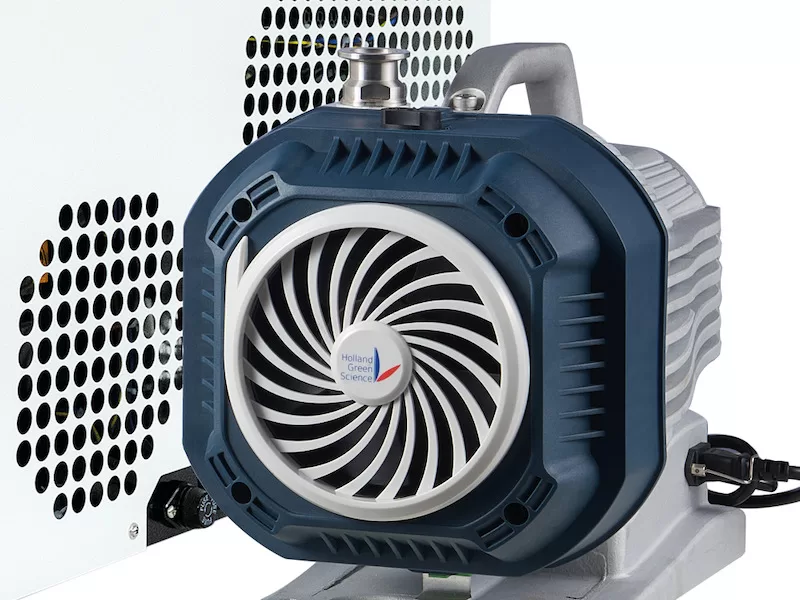
DIY and Alternative Freeze Drying Methods
Q5: How to make a freeze dryer at home?
A5: While it’s possible to create a rudimentary freeze dryer at home using a vacuum pump, stainless steel trays, and a freezer, the process can be intricate and may not yield the same results as commercial freeze dryers. It’s essential to ensure the food is frozen thoroughly and a complete vacuum is achieved to ensure proper freeze drying.
Q6: How do you build a freeze dryer at home?
A6: Building a freeze dryer requires several components: a strong freezer, a vacuum pump, stainless steel trays for holding the food, and a chamber to create a vacuum. The food needs to be frozen solid and then placed in the chamber where the vacuum pump removes the air, allowing the moisture in the food to sublimate. However, for consistent and reliable results, commercial freeze dryers like the Xiros Mikro are recommended.
Q7: How to freeze dry food at home without a freeze dryer?
A7: While a freeze dryer provides the best results, you can try a basic method using dry ice. Place your food in a container with dry ice and let it freeze. Once frozen, place the container in a vacuum-sealed bag and use a vacuum sealer to remove as much air as possible. This method won’t be as effective as a freeze dryer, but it can give you a taste of the freeze drying process.
Q8: Where to buy an at-home freeze dryer?
A8: At-home freeze dryers can be purchased from specialized retailers, online marketplaces, or directly from manufacturers. If you’re interested in the Xiros Mikro, contact their sales department or visit their official website.
Q9: Where to buy a small freeze dryer?
A9: Small freeze dryers, including the renowned Xiros Mikro, can be sourced from specialized kitchen and appliance stores, online retailers, or the manufacturer’s website. It’s always a good idea to read reviews and compare features before purchasing.
Q10: How much does the oil cost for freeze right food dryer?
A10: The cost of oil for freeze dryers can vary based on the type and brand. It’s essential to use the recommended oil for your specific freeze dryer model to ensure optimal performance. For the exact cost and type of oil suitable for the Xiros Mikro or any other model, it’s best to consult the manufacturer or the user manual.
Q11: How much is a freeze dryer for food?
A11: The cost of a freeze dryer for food can range from a few hundred dollars for basic models to several thousand for advanced ones like the Xiros Mikro. Factors influencing the price include the dryer’s capacity, features, brand reputation, and the technology used.
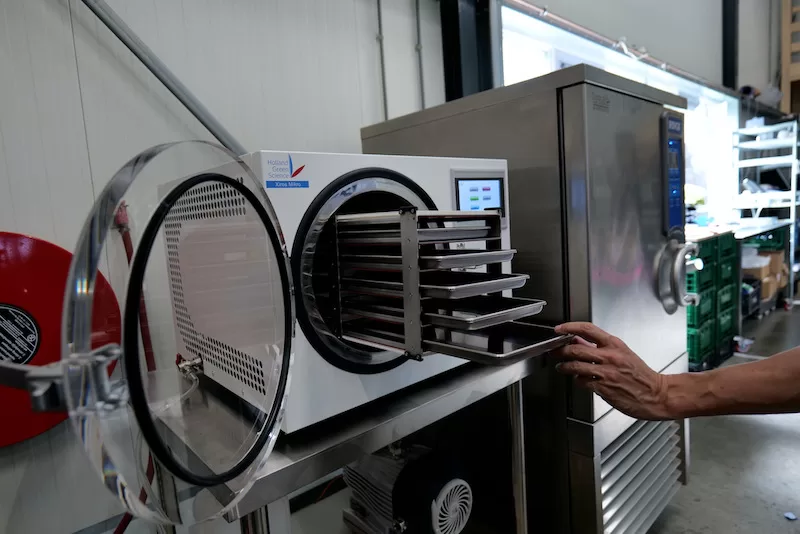
Q12: How can owning your own freeze dryer benefit your approach to food storage?
A12: Owning your own freeze dryer can revolutionize your food storage strategy. By utilizing a home freeze dryer, you have the ability to preserve a wide array of foods, from the delicate flavors of freeze dry fruits to the rich textures of meats. Freeze drying at home not only extends the shelf life of foods but also retains the nutrition and taste, offering you the advantage of enjoying the next best thing to fresh food all year round. Plus, with freeze dried food being lightweight and compact, it enhances your storage efficiency.
Q13: What advantages does freeze drying food at home offer over purchasing commercially freeze dried foods?
A13: When you freeze dry food at home using a home freeze dryer, you gain control over the quality and the ingredients of the freeze dried foods you consume. Unlike commercially freeze dried foods, home freeze drying allows you to select the freshest ingredients and avoid any unwanted additives or preservatives. It also can be more cost-effective in the long run, especially with a cheap freeze dryer, enabling you to preserve large batches of your favorite foods.
Q14: Can the use of a home freeze dryer like the Xiros Mikro freeze dryers help in preserving the color and texture of freeze dried fruits and vegetables?
A14: Absolutely, the Xiros Mikro freeze dryers are specifically designed to maintain the color, texture, and flavor of your freeze dried fruits and veggies. The precise freeze drying technology these home freeze dryers employ ensures that the structure of the freeze dried fruit and vegetables is retained, resulting in a product that, once rehydrated, is virtually indistinguishable from fresh foods.
Q15: How does the process of freeze drying with a Xiros Mikro freeze dryer compare to other methods of food preservation in terms of nutrient retention?
A15: Freeze drying with a Xiros Mikro freeze dryer is one of the best methods for nutrient retention in food preservation. Unlike canning or traditional drying methods, freeze drying preserves nearly all the vitamins and nutrients of the fresh food. The low temperature used in the freeze dry process ensures that the enzymes remain active, and the vacuum technology retains the food’s cellular structure, ensuring that you get the most nutritious freeze dried product possible.
Q16: Are Xiros Mikro freeze dryers user-friendly for those new to freeze drying at home?
A16: Yes, Xiros Mikro freeze dryers are designed with user-friendliness in mind. They often feature an easy-to-use touch screen that guides you through the freeze drying process. Moreover, Xiros Mikro provides detailed instructions and customer support, making the freeze drying journey approachable for those who are new to using their own freeze dryer at home.
Q17: How can incorporating a commercial freeze dryer, like the Xiros Mikro freeze dryers, impact the shelf life of freeze dried food?
A17: Incorporating a commercial freeze dryer, including the models from Holland Green Science (Xiros Mikro), can significantly extend the shelf life of freeze dried foods. By removing the moisture content from foods and creating a dry and sterile environment, these freeze dryers can prolong the shelf stability of freeze dried products for years, all while maintaining flavor and nutritional value.
Q18: What are some creative uses for freeze dried foods prepared with a home freeze dryer?
A18: With a home freeze dryer, the possibilities are vast. You can create your own mixes for backpacking or camping meals with a variety of freeze dry meats, vegetables, and starches. Home-made astronaut ice cream can be a fun project for families. Additionally, you can make healthy snacks by freeze drying different fruits or even make your own tea blends with freeze dried herbs.
Q19: For those looking to invest in a freeze dryer, how do the Xiros Mikro and the Harvest Right freeze dryers differ?
A19: When considering an investment in freeze-drying technology, it’s essential to understand the key differences between the Xiros Mikro and Harvest Right freeze dryers to ensure that your choice aligns with your needs and aspirations.
The Xiros Mikro is designed with a focus on efficiency and precision, boasting up to 9 shelves and an 8 kg capacity for ice, making it an ideal choice for both professional and high-volume personal use. Its advanced control features, including a 5” color touchscreen and USB connectivity for software upgrades and data logging, offer a level of customization and technological sophistication that is particularly suited for users who require precision and consistency in their freeze-drying processes.
In contrast, Harvest Right freeze dryers are tailored for hobby and use at home, with an emphasis on ease of use and lifestyle versatility. They offer a range of sizes to accommodate different household needs and are marketed as being cost-effective alternatives to store-bought freeze-dried food.
While they do provide a user-friendly experience with automatic freeze-drying capabilities, they may not offer the same level of technical control or robustness as the Xiros Mikro.
Ultimately, the decision between the Xiros Mikro and Harvest Right will hinge on the intended use and desired outcome.
The Xiros Mikro stands out for those who require a durable, high-performance machine that can deliver professional-grade results and align with sustainable practices. It’s a machine that promises not just to preserve food but to do so in a way that upholds the highest standards of quality and efficiency.
For home users looking for a convenient and straightforward solution to extend the shelf life of their food, Harvest Right offers a practical option. However, for those who view freeze drying as an integral part of their lifestyle or business, and who value precision, longevity, and sustainability, the Xiros Mikro of Holland Green Science is the clear choice.
Q20: When it comes to food storage, how does freeze drying meat ensure its longevity and freshness?
A20: Freeze drying meat using a home freeze dryer like Harvest Right’s and the Xiros Mikro can lock in freshness and extend the storage life of meat by years. The freeze drying process removes moisture while preserving the meat’s structure and nutrients. This results in storage-friendly freeze dried meat that, when rehydrated, offers a taste and texture very close to that of fresh meat.













